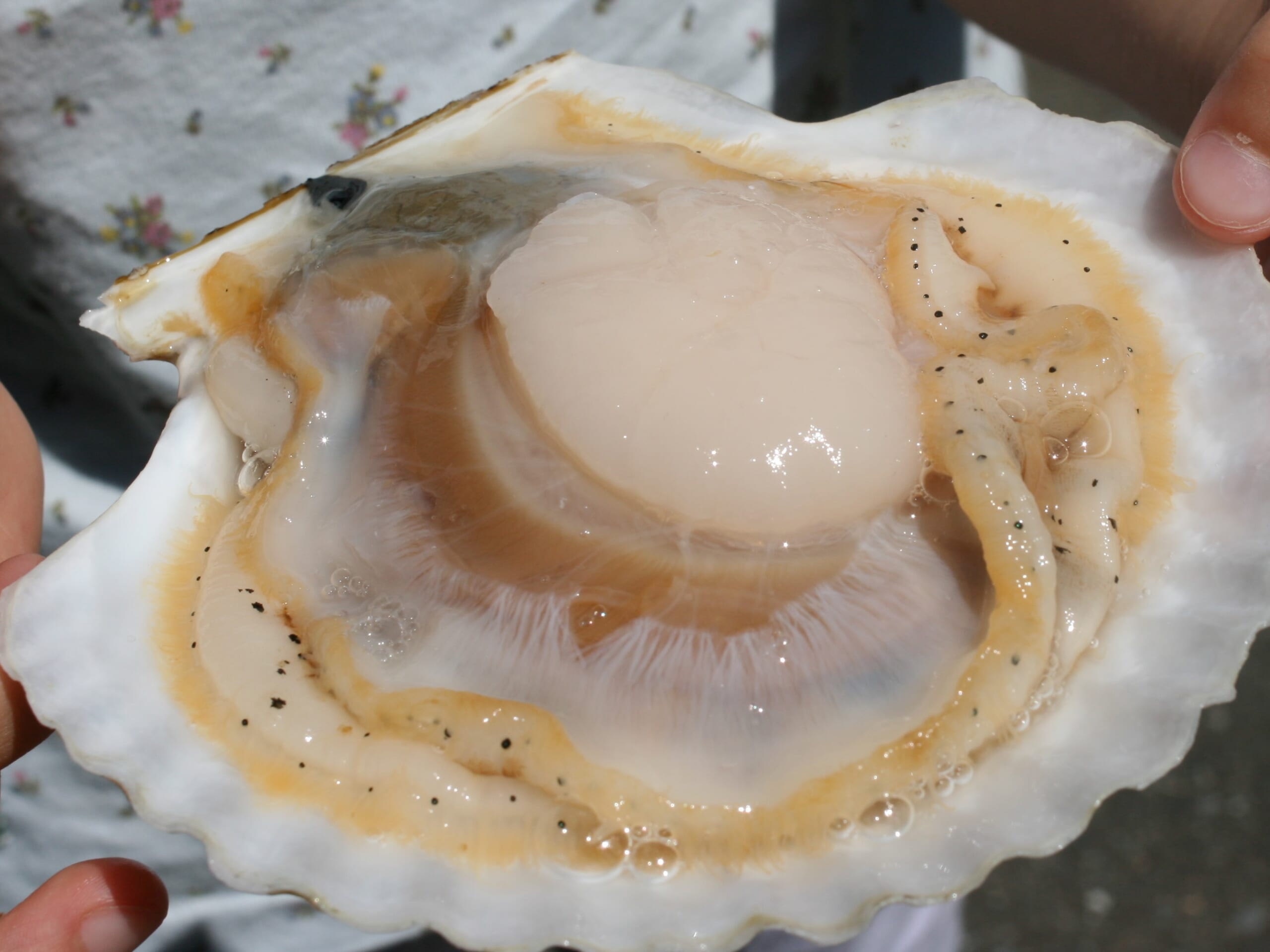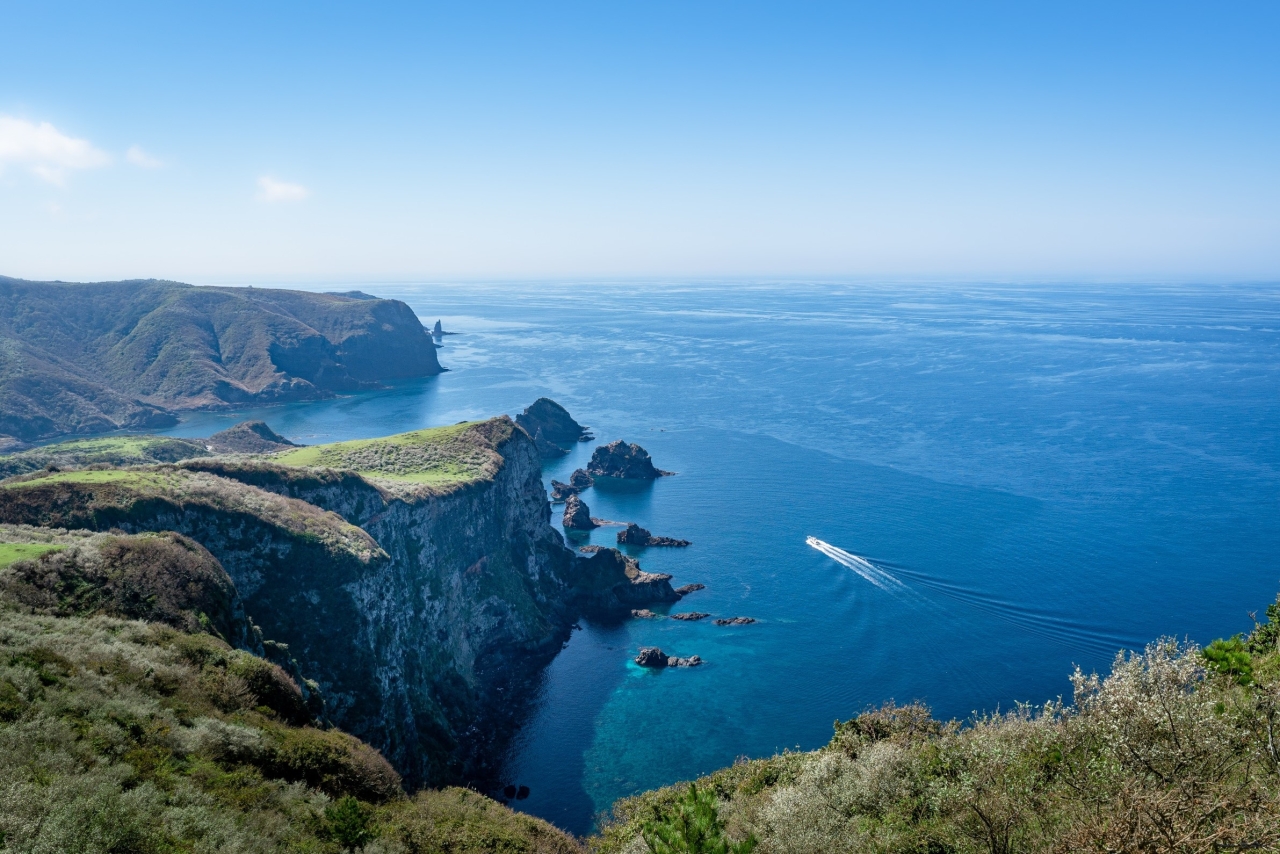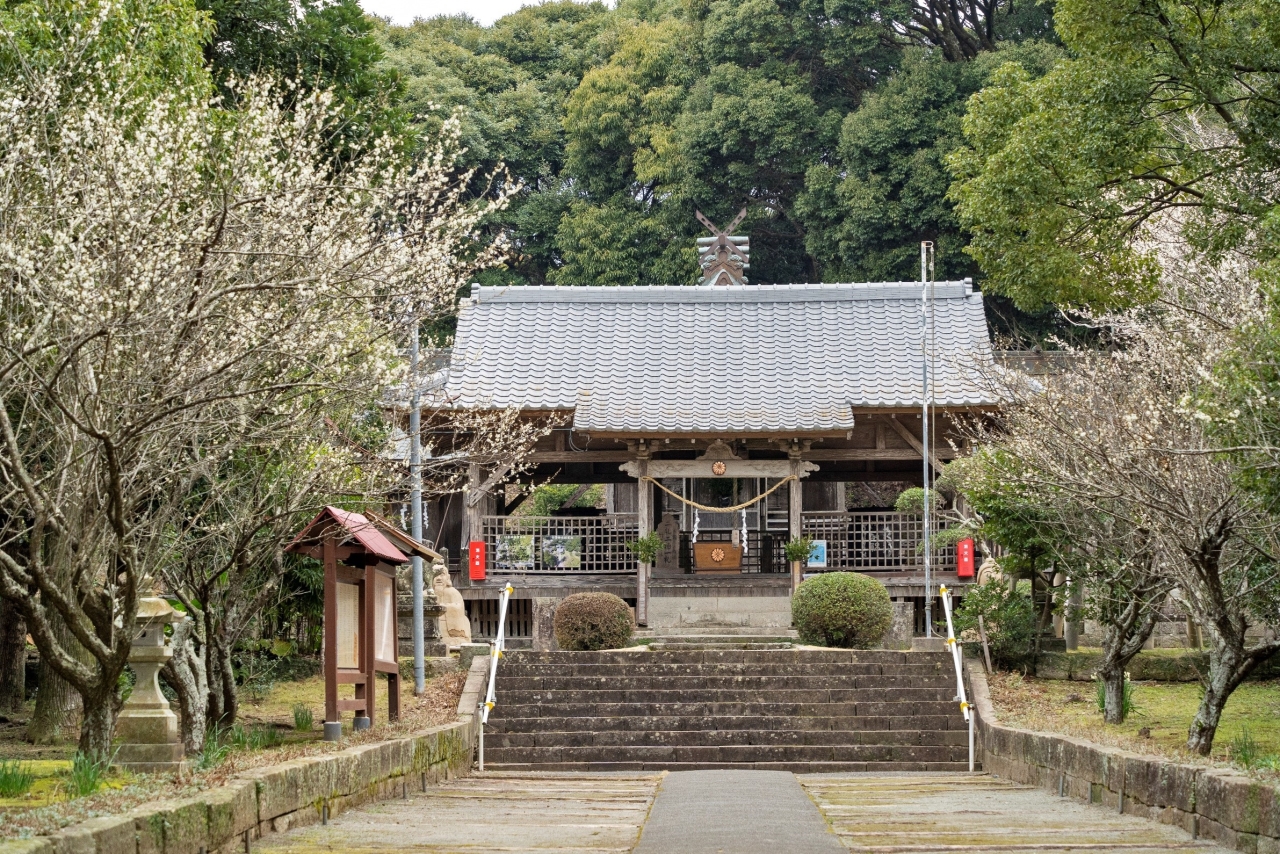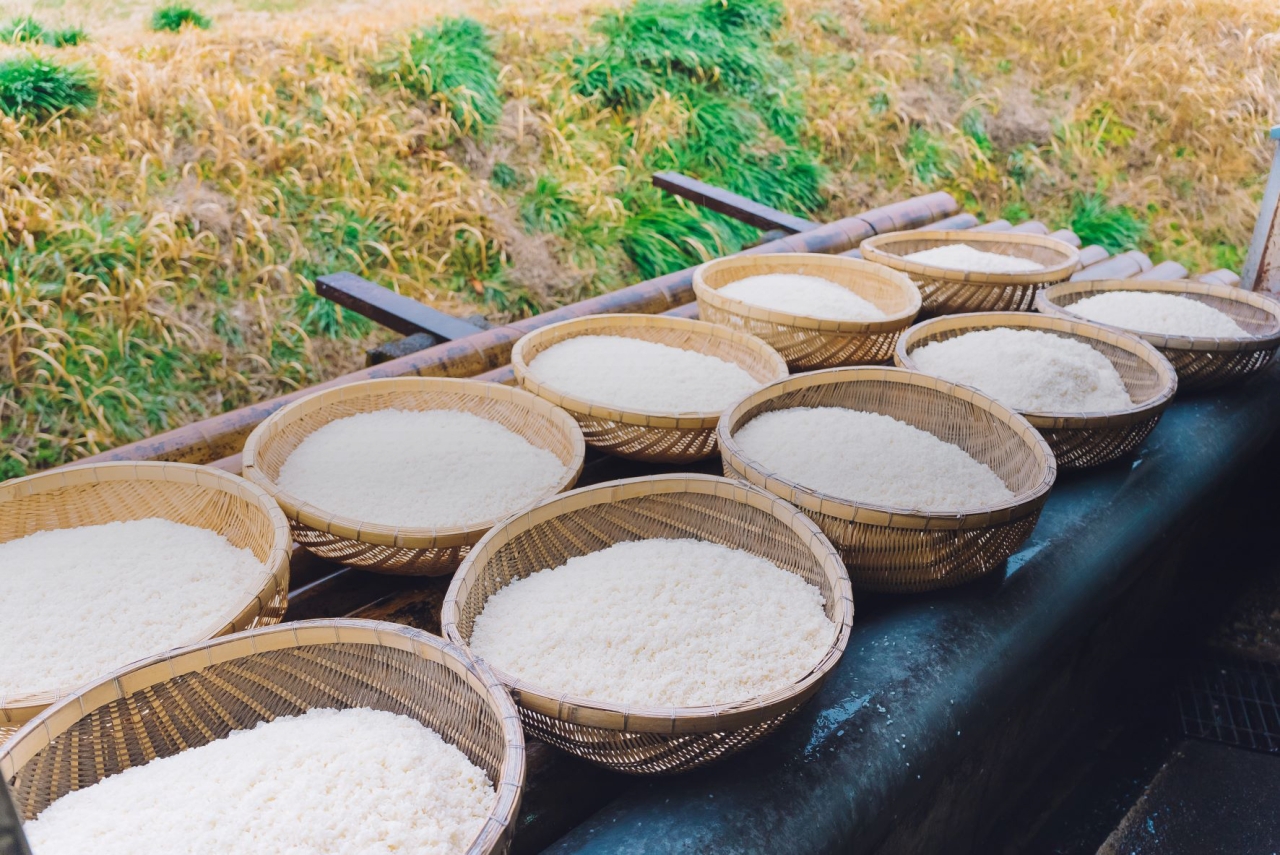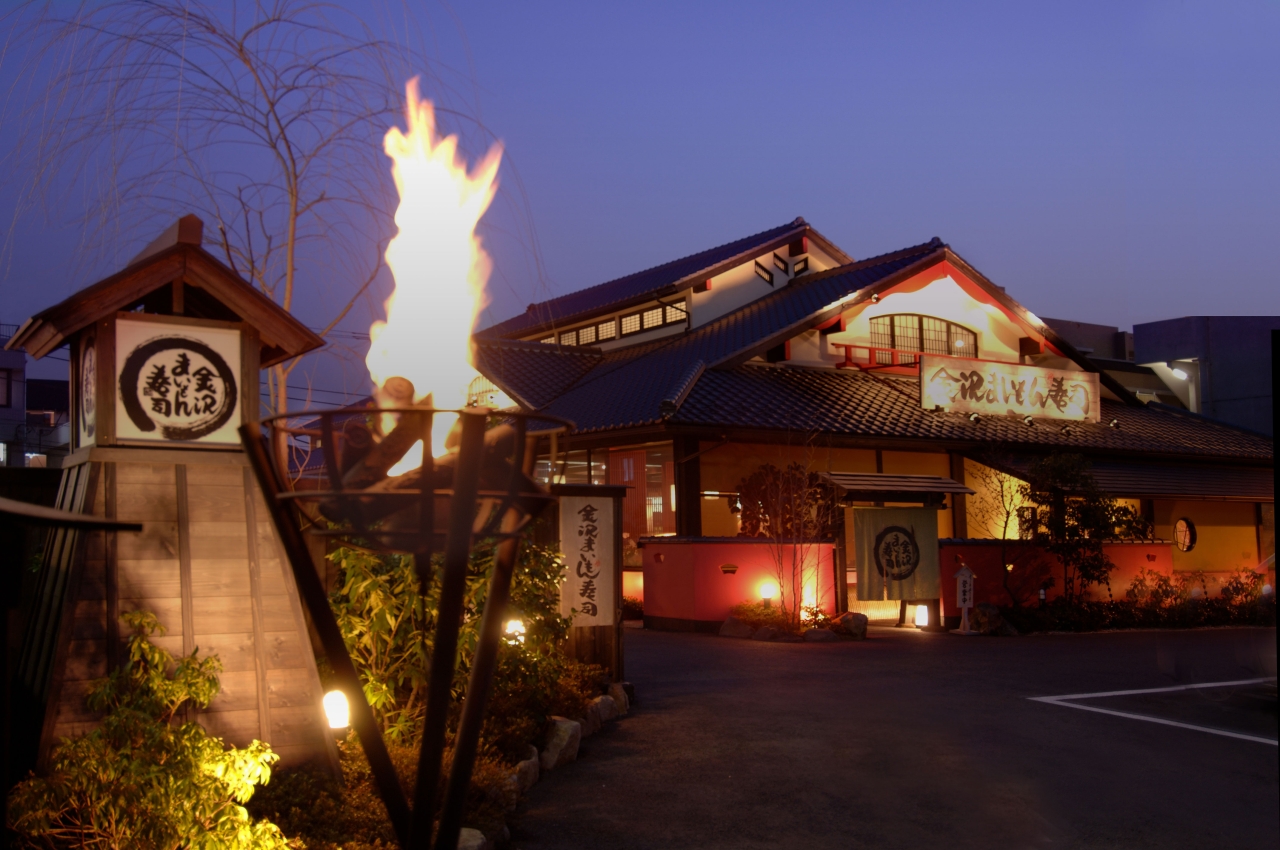
Highly Unique Regional Food Cultures Born from the Blessings of the Kuroshio Current

Kochi Prefecture, Kuroshio Town
Highly Unique Regional Food Cultures Born from the Blessings of the Kuroshio Current
Kuroshio Town, located in the southwest of Kochi Prefecture, is home to an expansive coastline featuring stunning sandy and rocky beaches, as well as luscious green mountains. As its name suggests, it is flourished as a port town that was built on the blessings of the Kuroshio Current, which flows from the south coast of Japan up to the North Pacific Ocean. Since long ago, people in the town have lived alongside the rich fishing grounds provided by the Kuroshio Current. Although a wide variety of seafood is caught throughout the year in Kuroshio Town, the katsuo, or bonito, that arrive on the Kuroshio Current have played a particularly key role in the town’s food culture. The katsuo are caught using a more than 400-year-old technique called Tosa ipponzuri, which sees fishermen use a single rod and lure to lift fish from the sea. Kuroshio Town is still home to an abundance of traditions developed by the Kuroshio Current, and today it is working to incorporate new elements into these traditions to create new value.
Chapter.01 Unique Regional Characteristics
A famous haiku written by the Edo-period poet Yamaguchi Sodo mentions the view of green leaves, the sound of mountain cuckoos, and the taste of the first katsuo of the season. As the poem describes, katsuo have marked the arrival of spring and brought joy to people’s taste buds since the old days. Kuroshio Town is thought to have been a place for fishermen since long before the Edo period, and the 400-year-old ipponzuri technique is still used today. Especially famous are the Myojinmaru fleet of boats, who land the highest catch of katsuo using ipponzuri in Japan. These Myojinmaru are one of the reasons why Kuroshio Town is known as the town of katsuo. They are owned by Myojin Suisan. The company processes and sells the katsuo it catches, and also operates a seafood processing/sales business and a restaurant business.
For many years Kuroshio Town has also boasted a flourishing salt-making industry. In fact, records show that salt production began on the town’s Shioya Beach as far back as 1333. At the time, salt farms would have been created on the beaches, with seawater gradually being added to increase the salt concentration. The concentrated seawater would then have been placed into pots and slowly boiled until the salt was crystalized, but with the enactment of the Salt Monopoly Law in 1905 to secure government revenue and control supplies and cost, salt production in Kuroshio Town came to an end. Later, however, in 1983, the Life and Salt Association was set up in the town to restore the salt-making industry. The production of sun-dried salt began with traditional production methods, without using any artificial heat sources, but only using the power of the sun and wind to evaporate the seawater. With an optimal warm climate for salt production, today there are more than 10 salt factories throughout Kochi Prefecture, each using their own unique methods.
_DSC06245-scaled.jpg)
_DSC06445-Enhanced-NR-scaled.jpg)
Chapter.02 Saltybe — Providing Gifts from the Sea Under the Watch of the Salt Guard
“The ideal salt will provide a sense of sweetness and umami as soon as it hits the taste buds, with the saltiness coming a little after. The taste should last for at least four seconds and then finish with another round of umami,” says Takumaru Yoshida, second-generation head of Saltybe Ltd. Saltybe is a salt production company established by the so-called pioneer of sun-dried salt, Takumaru’s father Takeshi. Previously a white-collar worker living in Osaka, Takeshi moved to Kuroshio Town to begin salt production. He studied at the Life and Salt Association to help restore the industry before going out on his own. His product, Tosa no Shiomaru, proved to be incredibly popular, and appeared in numerous types of media including the cooking manga series Oishinbo.
“I always admired how my father made a living producing salt,” says Takumaru. After working at a diving company in Osaka, he returned to Kuroshio Town in 2009 and trained in the industry under his father’s guidance. After seven years of trial and error, Takumaru succeeded in creating his own ideal taste. The product is currently on sale throughout Japan as the Tosa no Shiomaru Second Generation.
The sun-dried salt that captures the Yoshida family’s heart is entirely different to the salt we use on a daily basis. The salt we consume regularly is made on an industrial scale and known as refined salt. The sun-dried salt Takumaru produces is made using only seawater, the sea breeze, and the sun. The production process does not use any artificial heat sources. Instead, seawater is placed in wooden trays which are kept inside plastic greenhouses by the sea and mixed everyday to ensure it evaporates evenly. The resulting salt, which slowly crystalized over a period of several months, contains around 20% calcium and other minerals, providing a complex taste that is rich in flavor and slightly sweet.
However, as much of the work is manual, sun-dried salt is not suited to mass production. Takumaru, who calls himself the “salt guard,” says, “In summer, temperatures inside the greenhouse can reach up to 70 degrees. The hotter the temperature, the more the salt can change. This is why it’s essential to look after the salt while carefully monitoring any slight transformations.” The key factors, of course, are the sea, the wind, and the sun. The resulting salt is a gift from these natural elements. Confronting the salt in a determined, earnest manner, Takumaru devotes himself to salt production using this labor-intensive method.
“People tend to think of our method as traditional, but if anything it is an innovative method,” he says. Sun-dried salt is more suited to dry areas such as Mexico and Australia, or areas in Southeast Asia where the wet and dry seasons are clearly defined. It is difficult to make, however, in Japan’s temperate humid climate, which is why there are more producers who make salt by boiling pots of concentrated seawater. Takumaru therefore has a challenging job. Yet, the fact that his sun-dried salt is made in a climate unique to Kuroshio and Japan is precisely why orders come in from discerning chefs across the country.
To boost awareness of sun-dried salt beyond these chefs, there are sun-dried salt-making workshops and beauty salons featuring salt-based products, attracting numerous people from across Japan and overseas to visit. Sun-dried salt-based cocktails served at restaurants around Kochi Station are also popular, indicating the awareness has already been successfully spread beyond chiefs. Sun-dried salt is garnering attention as Kuroshio Town’s second specialty product after katsuo. It might be that one day, Kuroshio Town comes to be known as the town of salt.
【Saltybe co., ltd. Information website : https://siomaru.com/】
_DSC06189-Enhanced-NR-scaled.jpg)
_DSC06148-scaled.jpg)
Chapter.03 Myojinmaru Ipponzuri—Aiming to be Japan’s Best Using a Sustainable, Traditional Fishing Method
The Myojinmaru fleet of boats land the highest catch of katsuo using ipponzuri in Japan. The company has a long history, with the first sendo (captain) Kameji Myojin starting katsuo ipponzuri fishing in 1959. Today the fleet comprises nine large boats and 10 medium-sized boats. There are around 40 boats in Japan using the ipponzuri method to catch katsuo, and every year they compete to see who lands the largest catch. Boats within the Myojinmaru fleet also compete with one another, and for eleven consecutive years between 2012 and 2023 a Myojinmaru boat took top spot in Japan. The fleet is synonymous with katsuo ipponzuri. Myojinmaru boats do not only fish in the seas around Kochi Prefecture. Between March and December, their katsuo ipponzuri fishing activities cover a huge area from the coast of the Philippines in the South to the Sanriku coast in the north, unloading their catch at ports across Japan including Yaizu in Shizuoka Prefecture, Katsuura in Chiba Prefecture, and Kesennuma in Miyagi Prefecture.
Osamu Morishita is the captain of Saga Myojinmaru No. 123, which took top spot in Japan in 2018. He is both an active fisherman and director at Myojin Suisan. He says, “The captain is almost like the president of the boat and its 20 or so employees. We are responsible for decisions on everything including the amount of bait to load onto the boat, the area in which to fish, and the port at which to unload our catch.” Osamu combines advanced equipment such as GPS navigation devices and seabird trackers with his own experience and senses to look for katsuo. On occasion boats will contact one another and go to the same fishing area, while on others they will take risks and take on different fishing spots alone. Regardless of whether they are from the same fleet, Myojinmaru boats go head to head in the annual competition.
In addition to ipponzuri, katsuo are also caught using the purse seine fishing method, which a large net is used to surround and catch the entire schools. While it is an effective method that guarantees large catches, the fish are much more easily damaged compared to the ipponzuri method, which means a drop in quality. With ipponzuri, on the other hand, single rods are used to catch the fish one by one, ensuring they are consistently high in quality. Moreover, unlike purse seine fishing which catches entire schools and more, ipponzuri is a more sustainable method that does not take too much.
However, Osamu feels that there is a potential crisis looming in the ipponzuri fishing industry.
“Myojinmaru and the majority of other fishing fleets are family-owned, with sons and relatives taking over the roles of captain. As continuing and sustaining businesses in this manner is becoming difficult, it will be important to create systems that develop capable people who can take the lead, regardless of family connections,” says Osamu.
With the impact of labor shortages and the difficulties with leaving home for nine months to go fishing, many potential successors are choosing different career paths. The need to shift from conventional family-based management to corporate management is apparent. As a student, Osamu wanted to become a math teacher. In a few years time he says he is planning to stop fishing and get involved in management to focus on education. Moving forward, Osamu is looking to the future of Myojinmaru and continuing to take on challenges to keep this traditional, marine-friendly Tosa ipponzuri method alive.
【MYOJIN SUISAN co.,ltd. Information website : http://www.myojin.co.jp/】
_DSC06819-scaled.jpg)
_DSC06650-scaled.jpg)
Chapter.04 Warayaki Katsuo Tataki Myojinmaru—Serving Uniquely Tosa Dishes Nationwide
Outside of fishing, Myojinmaru also directly manages 12 restaurants. Using the high-quality, fresh katsuo caught by its own fleet, the highly popular restaurants’ specialty is the warayaki katsuo shio tataki, or katsuo seared over straw and served with salt. Representative director of the Myojinmaru restaurants is captain Osamu Morishita’s older brother, Koji Morishita. Koji himself was a fisherman for 12 years, and is the pioneer for popularizing the traditional Tosa dish warayaki katsuo shio tataki nationwide. Conventionally, seared katsuo is eaten with ponzu, a citrus-based sauce. Myojinmaru, however, serves katsuo that has been seared over straw with sun-dried salt from Kuroshio Town for an authentic Tosa-style combination. Searing the surface of the katsuo over straw at a high temperature helps to seal in the umami, giving the skin of katsuo a unique fragrance and highlighting the flavor with the distinctive straw aroma. The burning straw reaches nearly 1,000 degrees, and the large blazing flames make for a fascinating performance for the customers.
Koji was the manager of the first Warayaki Katsuo Tataki Myojinmaru store that opened in the Hirome Market by Kochi Station, and since then has massively increased the scale of the restaurant business. Originally, the store was set up to promote sales of the company’s processed katsuo, and there was no intention to grow the restaurant business. Koji left high school early at age 17 to become a fisherman, so of course he had zero business experience. The Myojinmaru staff were also void of any restaurant industry experience. With no expertise in cooking or store management, as well as insufficient kitchen equipment, at the start it was a constant struggle and anything but plain-sailing. The decision was then made to sear the signature katsuo only when an order came in, searing the fish over huge flames behind a glass partition. This extravagant performance began to draw in customers. Moreover, after plenty of trial and error with ponzu and salt-based sauces, the restaurant settled on serving the katsuo simply with local sun-dried salt from Kuroshio Town. This worked a charm, and following three years in development from the store’s opening, warayaki katsuo shio tataki became a hit product. At the time in Kochi Prefecture, straw-seared katsuo was something consumed in the home, and there were almost no restaurants serving katsuo in this way. Moreover, serving the katsuo with sun-dried salt was said to be a traditional dish exclusive to a few regions. Myojinmaru’s warayaki katsuo shio tataki became hugely popular at its Hirome Market restaurant. It was picked up by numerous media outlets and built the foundation for the restaurants’ expansion.
“At Myojinmaru, we only use domestically produced straw that creates high-quality flames. Due to the ageing farming population, however, it became difficult to obtain this straw, so we set up the Myojin Farm agriculture business to grow rice and in turn guarantee our access to high-quality straw,” says Koji. Myojinmaru is currently looking at setting up a new business using the rice harvested from the Myojin Farm in combination with its famous katsuo. Myojinmaru began with a single boat in a small port town in Kochi Prefecture. As a pioneer of Japan’s delicious katsuo, we look forward to Myojinmaru’s future endeavors.
【MYOJINMARU co.,ltd. Information website : http://myojinmaru.jp/】
_DSC06891-scaled.jpg)
_DSC07178-scaled.jpg)
Regions that have benefited from the blessings of the Kuroshio Current have developed their own unique food cultures based on their respective histories and climates. By mixing modern approaches with its traditions in salt and katsuo, Kuroshio Town has brought new surprises and excitement to those who visit. Slowly adding new things and combining them in the context of history and culture, this approach could be the secret to rediscovering the value of Japan’s regions.
Written by・Reiji Ogasawara
Interview Date: Dec.11.2023
The content of this article is as of the interview date.


